How to make the dairy active bull
list work for you
The EBI details of the 75 bulls on the list are based on the August 2016 genetic evaluations computed by ICBF. Semen from all of the bulls has been indicated as being available by the various AI companies, hence the term ‘active’ bull list.
The criteria for making the list are as follows:
Bull is approved for widespread use. EBIs with reliabilities greater than or equal to 35%.Calving difficulty evaluations with reliabilities greater than or equal to 70% and at least 50 calving records either in Ireland or in the country of origin of the bull. The impact of Gene Ireland
This is the 16th year that ICBF has been publishing active bull lists. This autumn there are now 74 Irish-bred bulls on the list. This means the vast majority (99%) of the bulls on the national dairy bull list were bred here in Ireland.
This wasn’t always the case. In 2001 there were just two bulls on the list bred here in Ireland. Holland, France, New Zealand and the US have generally been where most of the bulls on the list have come from. This trend started to change around 2009 when the first of the Gene Ireland Irish progeny tested bulls started to come through.
Important advice
It is important to note the source of a bull’s proof when choosing sires from the list. A bull may have received his proof based on data recorded on his own daughter’s performance (milk records, calving fertility and health data). Or he may be a genomically selected bull. Genomically selected means that the bull’s DNA profile has been analysed and the figures that you see are based on those findings. Farmers should pay particular attention to the reliability of a bull’s proof. In order to be able to balance the risk of using a bull with low reliability together with the tremendous genetic gains that could be achieved by using such a bull, Farmers are strongly urged to use a minimum of five AI bulls from the list.
What bulls should I
pick from the list?
There are many answers to this question but four simple tips that will help you pick the right sires for your herd are:
1Identify which EBI sub–indices your herd is low in. This herd sub–index information is available on the Herdplus EBI report that ICBF generates for every herd that is signed up to Herdplus (023-882 0452).
2Pick an initial panel of bulls that are strong in the sub–indices that your herd is weak in.
3Refine your list of bulls taking other factors into account, eg calving ease, inbreeding, price, availability.
4Finalise your team of bulls by picking at least five bulls to use in equal amounts across your herd. The ICBF sire advice programme can complete this step for you and also allocate the chosen bulls to your cows in such a way that inbreeding is avoided.
Availability of list
The total list of Active AI Sires together with their Supplier, Availability & Price details is available at www.icbf.com.
Guide to reading
the table
Bull Details: Rank, AI Code, Name, Sire, Breed, Status in Herdbook and Holstein %.
Ped: Full pedigree registered animal. SRM; Supplementary registered male in the IHFA Herdbook. Male progeny of these bulls will also be supplementary registered ‘SRM’. Female progeny will be given the ‘ASR’ registration status. An ‘XSR’ or blank status field indicates that the bull has no pedigree registration status.
EBI Details; EBI, Economic Breeding Index (€); Indicates the profit/lactation expected for a bull’s progeny compared to an average animal. Rel%; Reliability of EBI proof. This indicates the level of confidence that someone can have in the proof. The higher this value, the more reliable the proof. Proof; The status of the Bull proof. DP-IRL; Daughter Proven based on milk recorded daughters in Ireland. DP-INT; Daughter Proven, based on foreign milk recorded daughters. GS; Genomically Selected – which are bulls that have their own calving difficulty proof but have no milking daughters in their production proof yet.
EBI Sub Indices; Milk, Fertility, Calving, Beef, Maintenance, Management & Health; Sub Indices of the overall EBI. Added together these give the overall EBI figure.
Key Profit Traits; M Kg Predicted Difference (PD) for milk yield. If the average ‘Milk Kgs’ of the team of Bulls being used is greater than the average ‘Milk Kgs’ of the cows they are being mated to, then the average milk yield of the herd will increase. Positive values for F Kg (Fat Kg), P Kg (Protein Kg), F % (Fat %), P % (Protein %) will also increase each of the constituent traits in the same manner. CI = Calving Interval (Days). Bulls with negative values for CI will reduce calving interval. SU = Survival %. Bulls with positive values will increase survival (longevity/herdlife).
Calving; CD%; Calving Difficulty. Increasing % CD indicates increased incidence of difficult calvings e.g. % CD of 5% means that 5% of a Bull’s calves will result in difficult calvings.
CD Rel %; Calving Difficulty Reliability % indicates how reliable a bull’s calving difficulty % figure is. The higher the figure – the more calvings across multiple herds that are included in the bull’s calving evaluation. This field is a new addition to this list.
Milking Time: This gives an indication as whether daughters of a Bull are slow or quick milkers. Negative values are desired – indicating that daughters take less time to be milked. Milking time is measured in seconds per milking. It is important to note that milking time has been adjusted for milk yield, so its not penalizing bulls with high volumes of milk. E.g. if a bull’s daughters take on average 10 seconds longer per milking, that translates into an extra 1hr and 40 mins per daughter spent in the parlour over a 305 day lactation.
Semen Details; Price, availability and supplier details of each bull are also included. L = 2000-4000 straws available. M = 4000 – 6,000, H = >6,000 straws available. All AI Organisations have provided semen inventory details for all of their bulls. That said, it will be difficult to obtain large quantities of high ranking Bulls with ‘Low’ availability.
How to make the dairy active bull
list work for you
The EBI details of the 75 bulls on the list are based on the August 2016 genetic evaluations computed by ICBF. Semen from all of the bulls has been indicated as being available by the various AI companies, hence the term ‘active’ bull list.
The criteria for making the list are as follows:
Bull is approved for widespread use. EBIs with reliabilities greater than or equal to 35%.Calving difficulty evaluations with reliabilities greater than or equal to 70% and at least 50 calving records either in Ireland or in the country of origin of the bull. The impact of Gene Ireland
This is the 16th year that ICBF has been publishing active bull lists. This autumn there are now 74 Irish-bred bulls on the list. This means the vast majority (99%) of the bulls on the national dairy bull list were bred here in Ireland.
This wasn’t always the case. In 2001 there were just two bulls on the list bred here in Ireland. Holland, France, New Zealand and the US have generally been where most of the bulls on the list have come from. This trend started to change around 2009 when the first of the Gene Ireland Irish progeny tested bulls started to come through.
Important advice
It is important to note the source of a bull’s proof when choosing sires from the list. A bull may have received his proof based on data recorded on his own daughter’s performance (milk records, calving fertility and health data). Or he may be a genomically selected bull. Genomically selected means that the bull’s DNA profile has been analysed and the figures that you see are based on those findings. Farmers should pay particular attention to the reliability of a bull’s proof. In order to be able to balance the risk of using a bull with low reliability together with the tremendous genetic gains that could be achieved by using such a bull, Farmers are strongly urged to use a minimum of five AI bulls from the list.
What bulls should I
pick from the list?
There are many answers to this question but four simple tips that will help you pick the right sires for your herd are:
1Identify which EBI sub–indices your herd is low in. This herd sub–index information is available on the Herdplus EBI report that ICBF generates for every herd that is signed up to Herdplus (023-882 0452).
2Pick an initial panel of bulls that are strong in the sub–indices that your herd is weak in.
3Refine your list of bulls taking other factors into account, eg calving ease, inbreeding, price, availability.
4Finalise your team of bulls by picking at least five bulls to use in equal amounts across your herd. The ICBF sire advice programme can complete this step for you and also allocate the chosen bulls to your cows in such a way that inbreeding is avoided.
Availability of list
The total list of Active AI Sires together with their Supplier, Availability & Price details is available at www.icbf.com.
Guide to reading
the table
Bull Details: Rank, AI Code, Name, Sire, Breed, Status in Herdbook and Holstein %.
Ped: Full pedigree registered animal. SRM; Supplementary registered male in the IHFA Herdbook. Male progeny of these bulls will also be supplementary registered ‘SRM’. Female progeny will be given the ‘ASR’ registration status. An ‘XSR’ or blank status field indicates that the bull has no pedigree registration status.
EBI Details; EBI, Economic Breeding Index (€); Indicates the profit/lactation expected for a bull’s progeny compared to an average animal. Rel%; Reliability of EBI proof. This indicates the level of confidence that someone can have in the proof. The higher this value, the more reliable the proof. Proof; The status of the Bull proof. DP-IRL; Daughter Proven based on milk recorded daughters in Ireland. DP-INT; Daughter Proven, based on foreign milk recorded daughters. GS; Genomically Selected – which are bulls that have their own calving difficulty proof but have no milking daughters in their production proof yet.
EBI Sub Indices; Milk, Fertility, Calving, Beef, Maintenance, Management & Health; Sub Indices of the overall EBI. Added together these give the overall EBI figure.
Key Profit Traits; M Kg Predicted Difference (PD) for milk yield. If the average ‘Milk Kgs’ of the team of Bulls being used is greater than the average ‘Milk Kgs’ of the cows they are being mated to, then the average milk yield of the herd will increase. Positive values for F Kg (Fat Kg), P Kg (Protein Kg), F % (Fat %), P % (Protein %) will also increase each of the constituent traits in the same manner. CI = Calving Interval (Days). Bulls with negative values for CI will reduce calving interval. SU = Survival %. Bulls with positive values will increase survival (longevity/herdlife).
Calving; CD%; Calving Difficulty. Increasing % CD indicates increased incidence of difficult calvings e.g. % CD of 5% means that 5% of a Bull’s calves will result in difficult calvings.
CD Rel %; Calving Difficulty Reliability % indicates how reliable a bull’s calving difficulty % figure is. The higher the figure – the more calvings across multiple herds that are included in the bull’s calving evaluation. This field is a new addition to this list.
Milking Time: This gives an indication as whether daughters of a Bull are slow or quick milkers. Negative values are desired – indicating that daughters take less time to be milked. Milking time is measured in seconds per milking. It is important to note that milking time has been adjusted for milk yield, so its not penalizing bulls with high volumes of milk. E.g. if a bull’s daughters take on average 10 seconds longer per milking, that translates into an extra 1hr and 40 mins per daughter spent in the parlour over a 305 day lactation.
Semen Details; Price, availability and supplier details of each bull are also included. L = 2000-4000 straws available. M = 4000 – 6,000, H = >6,000 straws available. All AI Organisations have provided semen inventory details for all of their bulls. That said, it will be difficult to obtain large quantities of high ranking Bulls with ‘Low’ availability.





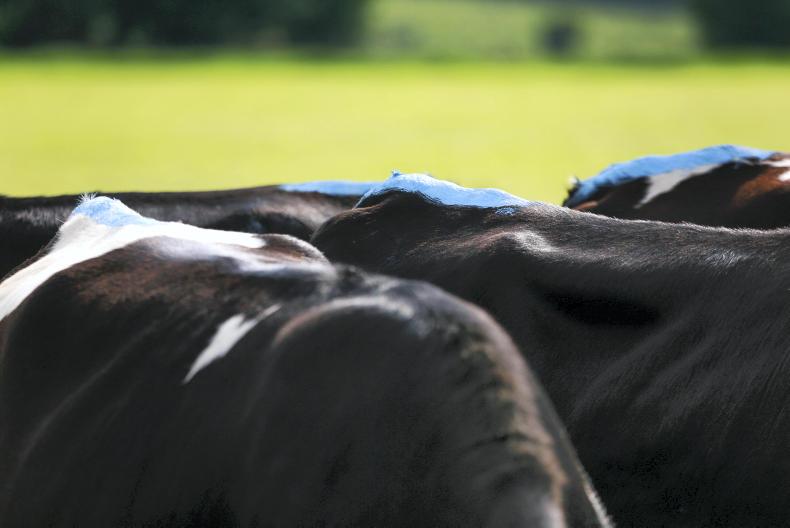
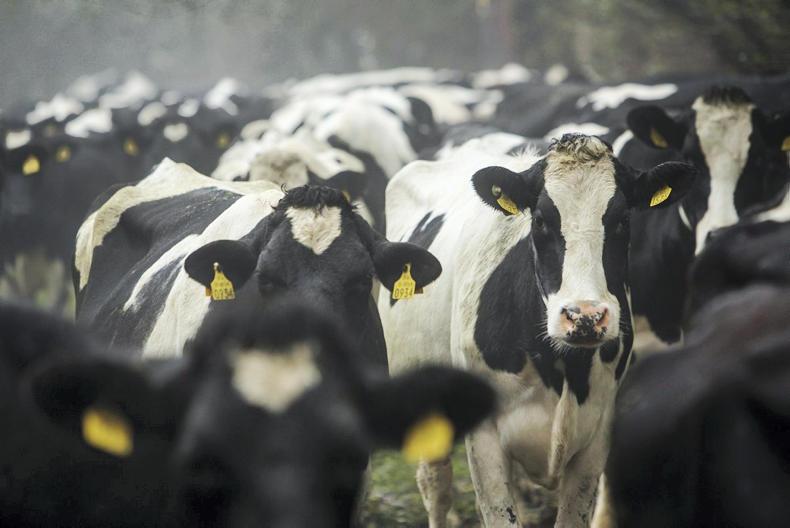

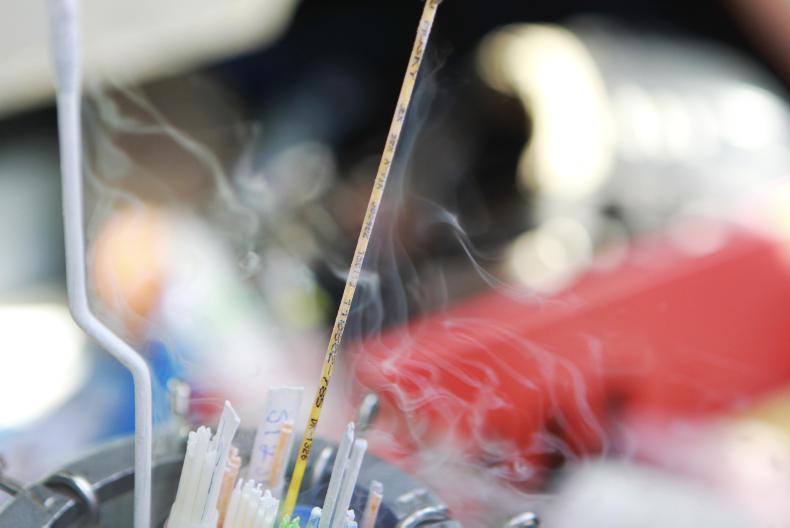
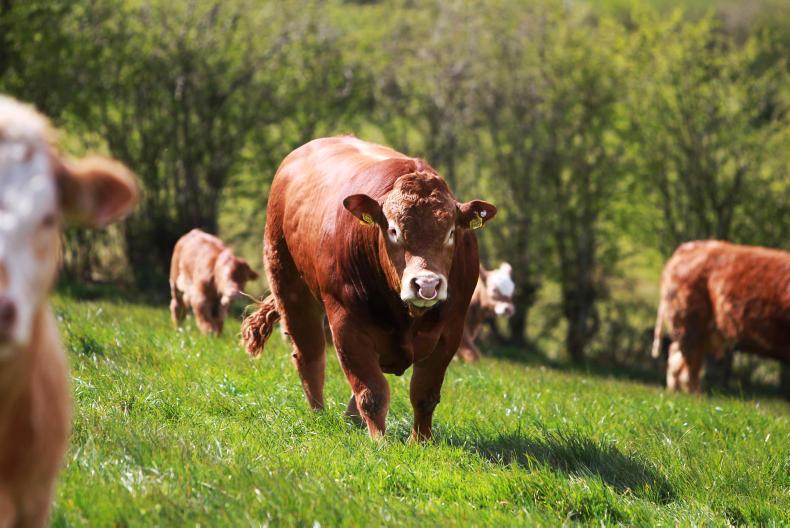
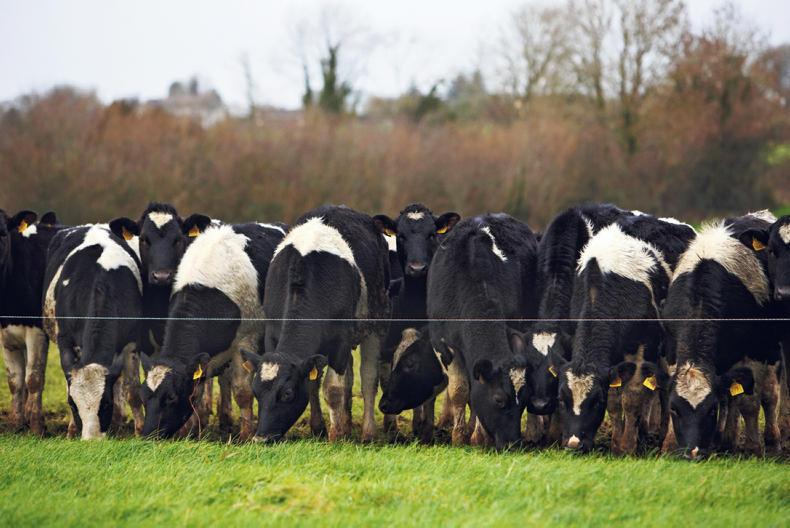
SHARING OPTIONS